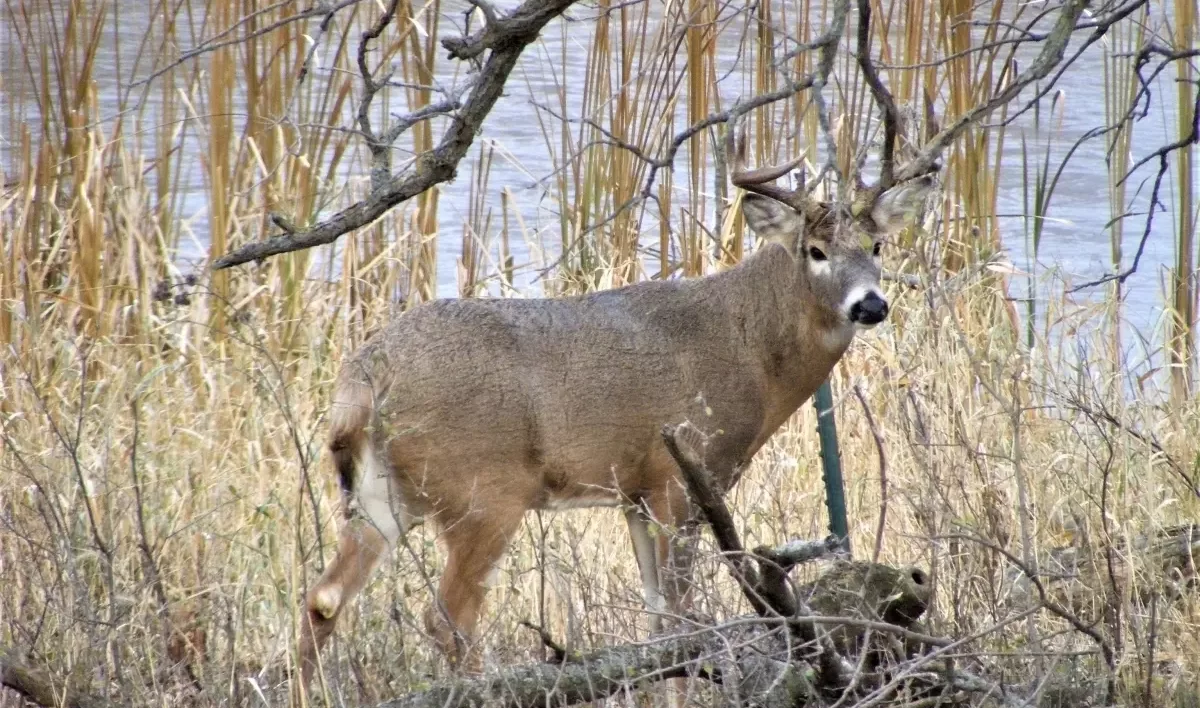
With general archery seasons for deer and elk running Aug. 30 through Sept. 30 in many units in the state, Idaho Fish and Game officials remind hunters about special chronic wasting disease rules to help test for and manage the disease.
There’s mandatory CWD testing for deer in five hunting units, but F&G wants samples from the whole state, IDFG says in a news release.
In July, a white-tailed doe tested positive for CWD after it was found dead near Bonners Ferry in the Panhandle Region. Fish and Game is holding a CWD surveillance hunt Aug. 24 – Sept. 1 in a portion of Unit 1 to determine the initial prevalence and geographic distribution of CWD in the area.
Depending on the results of further CWD testing, hunters could see changes to fall deer hunts in Unit 1, and they are encouraged to check Fish and Game’s CWD webpage for updates.
New CWD requirements for 2024
Deer hunters have mandatory CWD testing for five hunting units in central Idaho along the U.S. 95/Highway 55 corridors south of Grangeville. Elk and moose are exempt from mandatory testing in 2024.
Unit 14 and Unit 18 comprise the CWD Management Zone for 2024. CWD testing is mandatory for all harvested deer in those units. Unit 15 was removed from the CWD Management Zone after extensive testing showed no animals testing positive for CWD.
The following rules apply to hunting in a CWD Management Zone:
- It is unlawful to transport any whole carcass of a deer, elk, or moose out of Units 14 and 18 except heads or lymph nodes transported to Fish and Game for CWD sampling. Antlers or skull caps may be retained after sampling by Fish and Game staff, but the remainder of the head will remain for proper disposal. For details and full rules, go the CWD webpage.
- Heads should remain in the field if lymph nodes are removed for delivery to Fish and Game for CWD testing.
- Caped animals (with the skull) may be taken to a taxidermist or meat processor, but may not leave Units 14 or 18 and must still be presented to Fish and Game staff for sampling.
- Heads or lymph nodes must be submitted for testing within 10 days of harvest.
- If hunters, or those who salvage an animal, retain the quarters, they should double-bag all bones and nonedible portions of the animal and dispose of them in a landfill when finished processing the meat.
Mandatory testing in Units 23, 24, and 32A, but no carcass restrictions
After a mule deer buck tested positive in Unit 23 last fall, CWD testing is mandatory in Units 23, 24, and 32A for all mule deer and white-tailed deer, but does not apply to elk and moose taken those units. Units 23, 24, and 32A are not within the CWD Management Zone, so carcass transportation restrictions do not apply.
Why the changes?
Effective management of CWD requires wildlife managers and hunters to adapt to changing conditions as Fish and Game gathers new information about where the disease is found – and is not found – based on testing.
Elk and moose were dropped from mandatory testing because they are less susceptible to CWD than deer, but Fish and Game will still accept voluntary samples from hunter-harvested deer, elk, and moose taken from anywhere in the state.
The CWD management priority is keeping the percentage of animals infected – or prevalence – low in deer herds. CWD can’t be eradicated because it remains in the environment for decades. Keeping the prevalence low will help maintain healthy big game populations.
“The ultimate goal is to slow, or prevent, the spread of CWD because it will negatively affect the deer populations and hunting opportunities,” Fish and Game’s State Wildlife Manager Rick Ward said. “We want to keep CWD out of units where it’s not present, but we can’t do that if we don’t know exactly where the disease is located.”
Hunters play a critical role in CWD testing because there is no live test for the disease, and getting accurate and current information requires annual testing statewide. Active and adaptive CWD management that keeps the number of infected animals low typically results in reduced spread, fewer sick animals and more healthy deer available for hunters.



